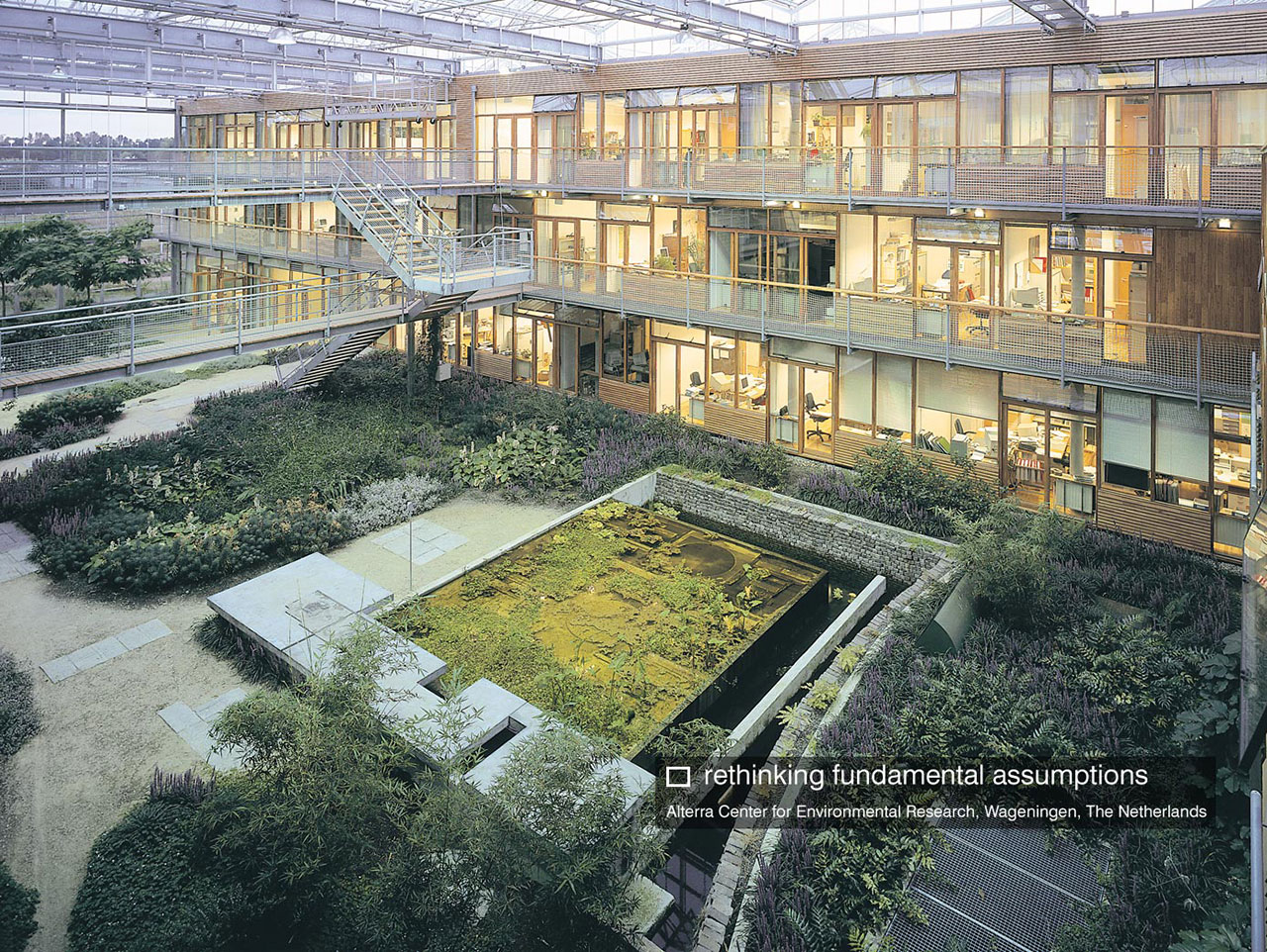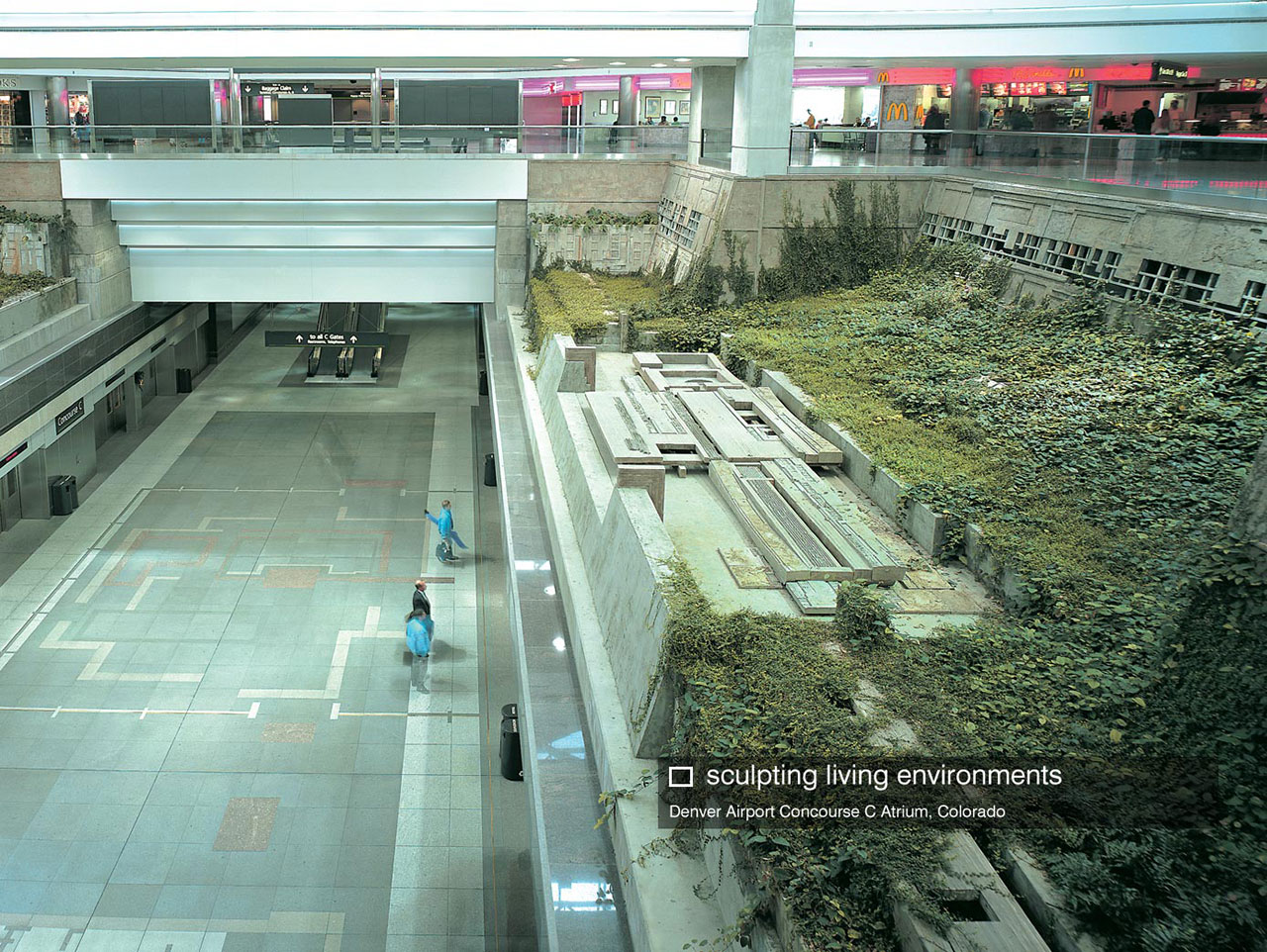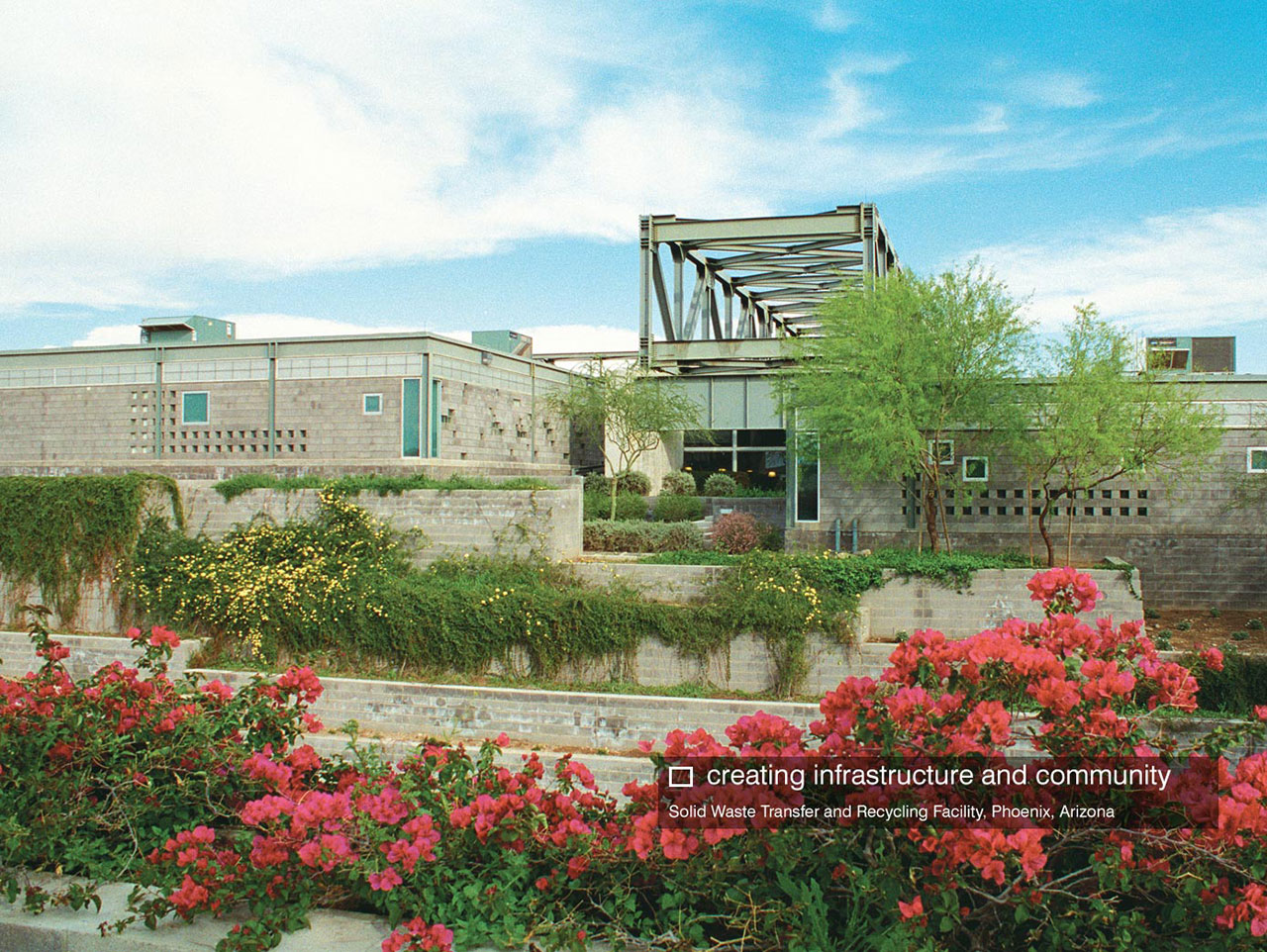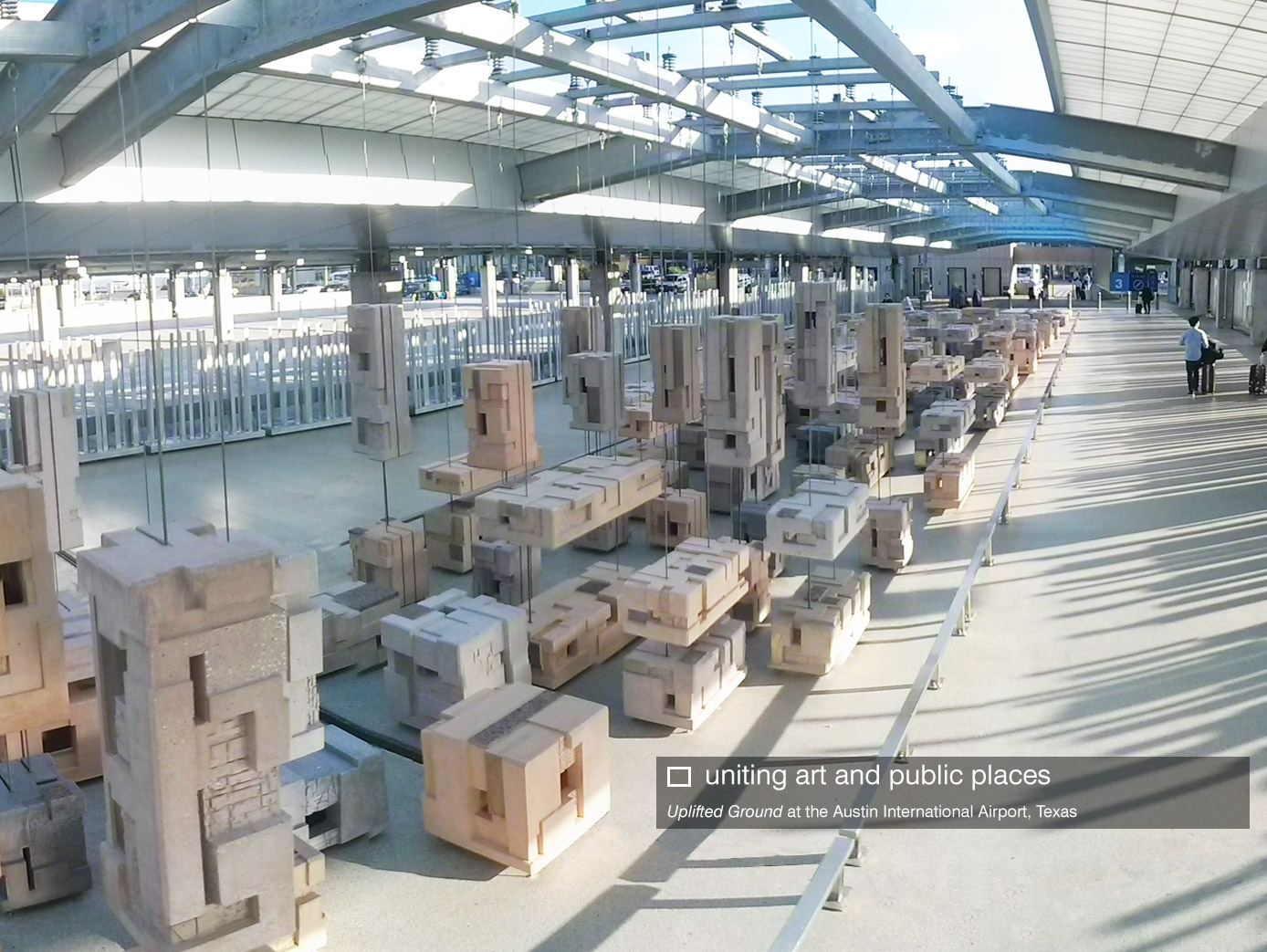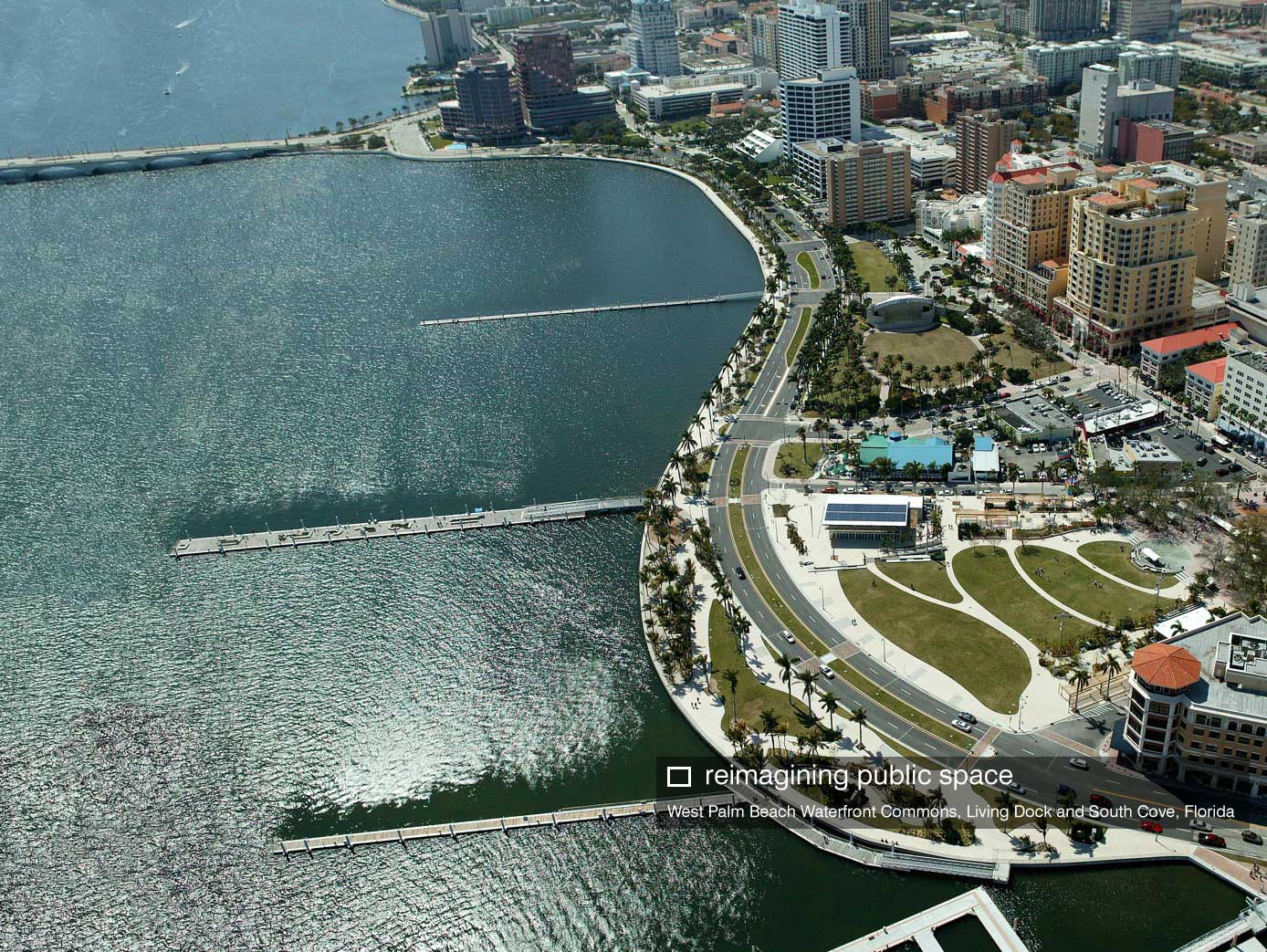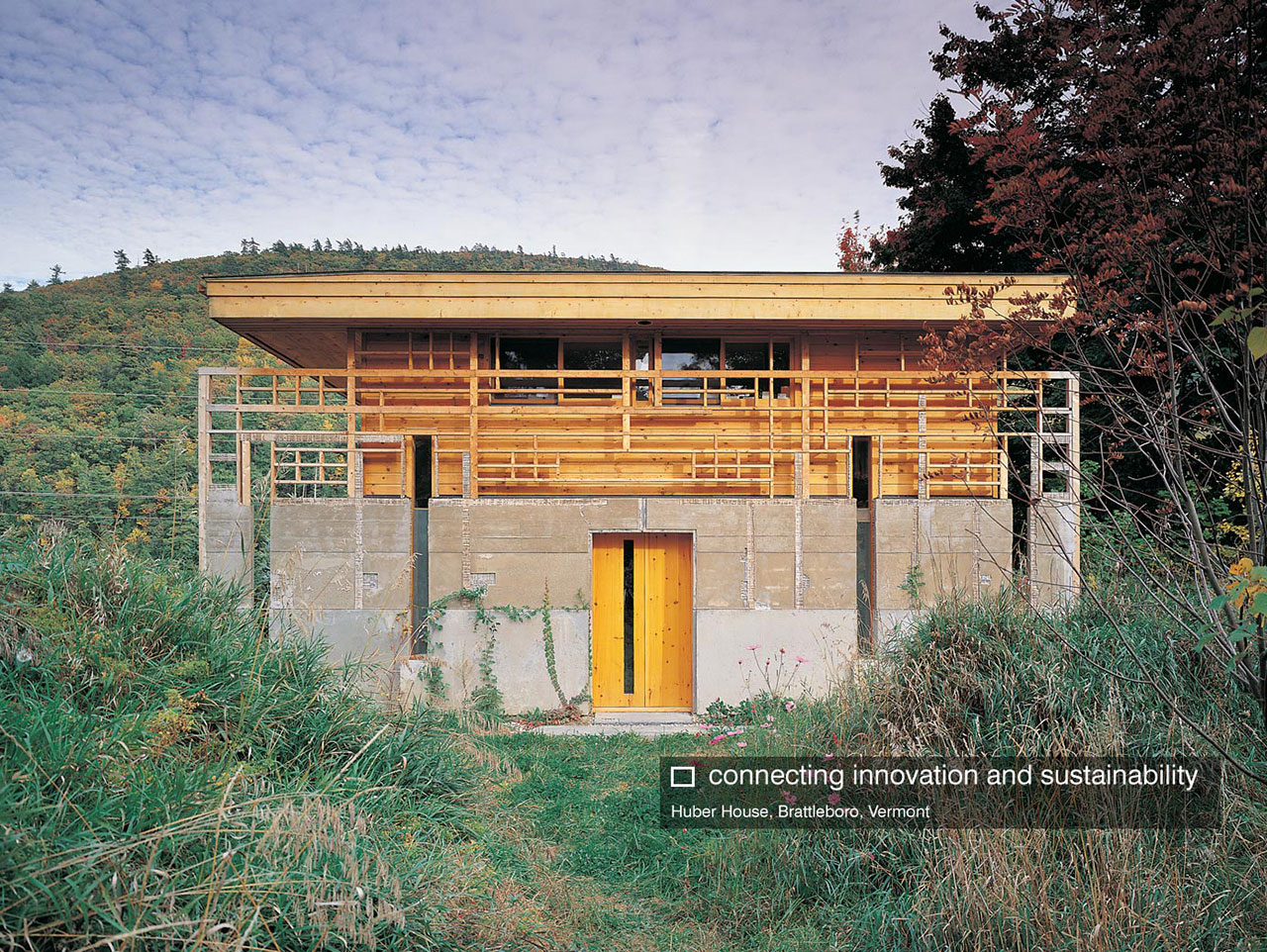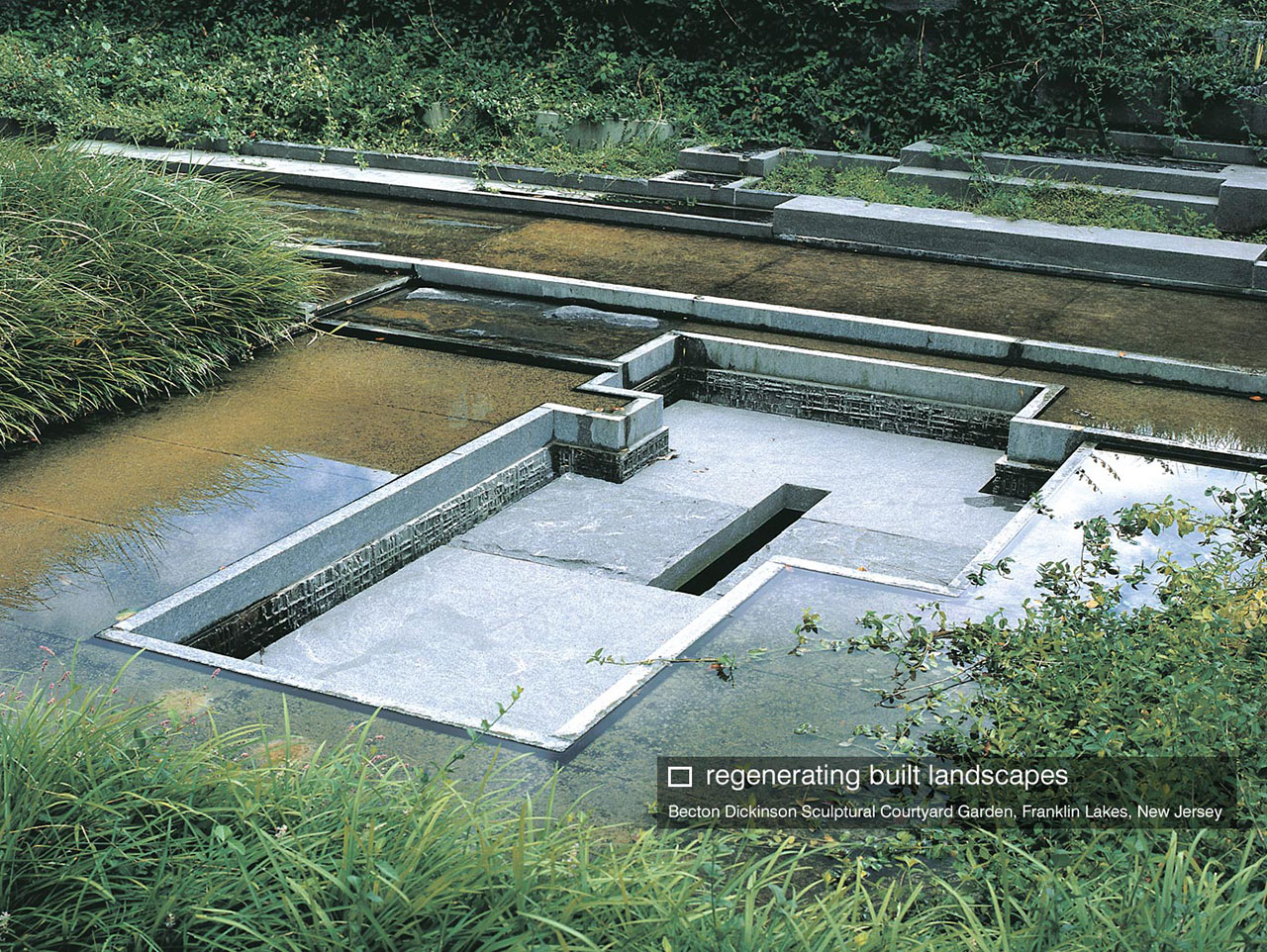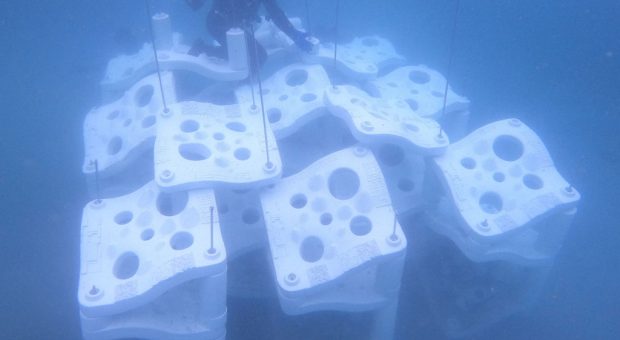
We are excited to share one of our Studio’s ongoing innovative research projects: MLSI. The Marine Living Structures Initiative (MLSI) is developing new artificial reef materials, designs, fabrication and deployment systems to optimize marine habitat regeneration (growth and diversity) and coastal resiliency. These living sculptures will not only act as habitat, but will form structures that strengthen as they grow, creating new forms of hybrid ‘green gray’ infrastructure that protect coastlines while enhancing local ecosystems and cleansing water. MLSI’s artificial reef structures contain 70% recycled content and are higher in strength, marine durability, and lower in carbon intensity than traditional concrete used for marine infrastructure. MLSI is a collaboration between Singer Studio and The Reef Institute (TRI) in West Palm Beach, Florida and has been made possible through the generous support of the Jeffrey Cook Charitable Trust and The Max and Victoria Dreyfus Foundation.
This project is a part of Singer Studio’s Living Shoreline Initiative. Learn more about the project here.
MLSI’s goal is to establish a proof of concept for recycled low-carbon environmentally regenerative artificial reefs that provide coastal protection, and ultimately to influence the materials and design of upcoming massive investments in coastal infrastructure. In the coming decades coastal cities around the world will be investing in new marine infrastructure to make shorelines more resilient to storm surge and wave action. The majority of this new infrastructure will be in the form of concrete utilizing virgin materials with a significant carbon footprint and minimal ecological value, or waste materials with no design for biological optimization. The MLSI Team believes there is an urgent need to innovate upon the currently available materials and forms utilized for coastal resiliency before new infrastructure is planned and built in Florida and elsewhere. Small projects like MLSI, operating as a proof of concept, can have significant influence on future coastal resiliency efforts – regenerating marine ecology, maximizing the durability and recycled content of new infrastructure and crucially lowering the carbon intensity of new costal construction.

